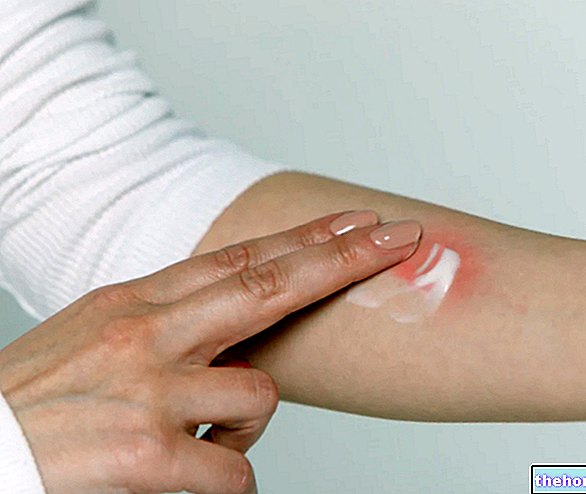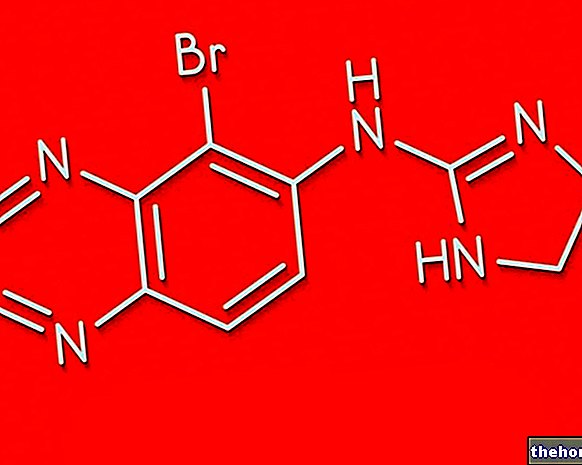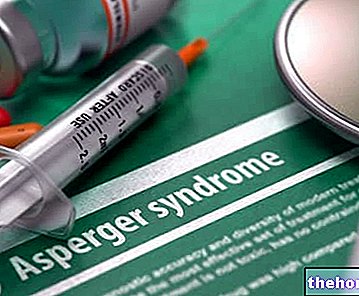What are
Under the term "chondroprotective agents" are grouped drugs and supplements capable of counteracting degenerative arthritic processes, favoring the normalization of the articular cartilage and the synovial fluid in which it is immersed and from which it draws nourishment and protection. More specifically, chondroprotectors are compounds capable of expressing one or more of the following characteristics:
- stimulate chondrocytes (cartilage cells) in the production of new cartilage matrix (synthesis of collagen and proteoglycans)
- they stimulate the synoviocytes (the cells of the synovium) in the synthesis of hyaluronic acid
- inhibit the degradation of cartilage by chondrolytic enzymes
- prevent the formation of fibrin in the subchondral and synovial vasculature
Among the most studied chondroprotectors are listed endogenous molecules, therefore present in the articular cartilage of each individual:
- hyaluronic acid
- glucosamine
- chondroitin sulfate (galactosaminglucuronoglycan sulfate)
- hydrolyzed collagen
- methylsulfonylmethane (MSM)
When using

Cartilage transplantation in younger people and surgical replacement of the joint with a mechanical prosthesis remain the extreme (and most effective) solutions to the problem of arthrosis; for this reason, the chondroprotective efficacy of certain substances, albeit supported by numerous scientific studies, is often downsized by doctors who point the finger at the excessive emphasis on the beneficial effects disclosed by the manufacturers.
Hyaluronic acid
Due to poor absorption by mouth, this chondroprotective agent is typically used for joint infiltration. It is a glycosmaminoglycan composed of glucuronic acid and N-acetylglucosamine. At the joint level, hyaluronic acid acts as a lubricating agent capable of absorbing shocks in the synovial fluid. The rationale for intra-articular injections of hyaluronic acid therefore consists in "increasing joint lubrication, but also in controlling the permeability of the membrane. synovial (prevents joint effusions and consequent swelling) and in the antiradical action. Other possible mechanisms of action, although less certain, include the promotion of cartilage matrix synthesis and the reaggregation of proteoglycans. Well tolerated and of rapid therapeutic action, the infiltrations of hyaluronic acid are burdened by the high cost and the impossibility of injection in some joints; only in the last few years, evidence has begun to accumulate that re-evaluates the effectiveness of a specific oral hyaluronic acid supplementation.
DOSAGE: cycles of 5-6 infiltrations / week, each with 20-25 mg of hyaluronic acid, to be repeated 2-3 times a year.
Glucosamine
Glucosamine is an aminosaccharide which acts as a precursor of the disaccharide unit in glycosaminoglycans. Normally, chondrocytes synthesize glucosamine from glucose. In addition to its structural role, as a chondroprotective agent, glucosamine stimulates the synthesis of proteoglycans and collagen from chondrocytes.
Since arthrosis occurs when the degeneration of the cartilage exceeds the cartilage synthesis capacity of the chondrocytes, the administration of glucosamine increases the synthesis of the cartilage matrix and seems to counteract or even reverse arthrosic phenomena, thanks also to its moderate anti-inflammatory activity. Glucosamine taken orally (in the form of glucosamine hydrochloride, glucosamine sulfate or glucosamine hydroiodide) is absorbed in approximately 87% of the dose taken.
INTAKE DOSES: 1 - 1.5 grams per day of elemental glucosamine (taking into account the molecular weight of the salt to which it is associated; for example, 1334 mg of glucosamine HCl are needed to obtain one gram of elemental glucosamine). Repeated six-week cycles are recommended after a two-month break.
Chondroitin Sulphate
Chondroitin sulfate is the most abundant glycosaminoglycan present in joint cartilage. It is composed of the repetition of disaccharide units of glucuronic acid and galactosamine sulphate. At the level of the articular cartilage, chondroitin sulfate plays an important structural role, which is concretized in the ability to bind to collagen fibrils. Furthermore, its chondroprotective properties derive from the ability to inhibit the enzymes that degrade the cartilage matrix and synovial fluid in osteoarthritis. Chondroitin sulphate also helps to prevent the formation of fibrin thrombi in the microvessels of the synovium and subchondral bone.
Despite being a molecule of large molecular weight, chondroitin sulphate is well absorbed orally (70% of the dose taken).
DOSES OF RECRUITMENT: cycles of 800-1200 mg / day for at least three weeks
Synergistic integration of glucosamine and chondroitin sulfate
The chondroprotective treatment par excellence, to date the best known and most used, involves the association in the same product of glucosamine and chondroitin, in order to express all the characteristics of the ideal chondroprotector listed in the introductory part.
Postulated mechanism of synergy between Glucosamine and Chondroitin sulphate
Hydrolyzed collagen
The alleged chondroprotective effects of hydrolyzed collagen are attributed to its structural accumulation in the articular cartilage and to the stimulation of collagen synthesis by chondrocytes. In fact, hydrolyzed collagen supplements are often associated with substances capable of promoting their synthesis: vitamin C, zinc, copper, gotu kola.
DOSES OF ASSUMPTION: cycles of 5-10 g / day of hydrolyzed collagen for at least three weeks

.jpg)





















-nelle-carni-di-maiale.jpg)




